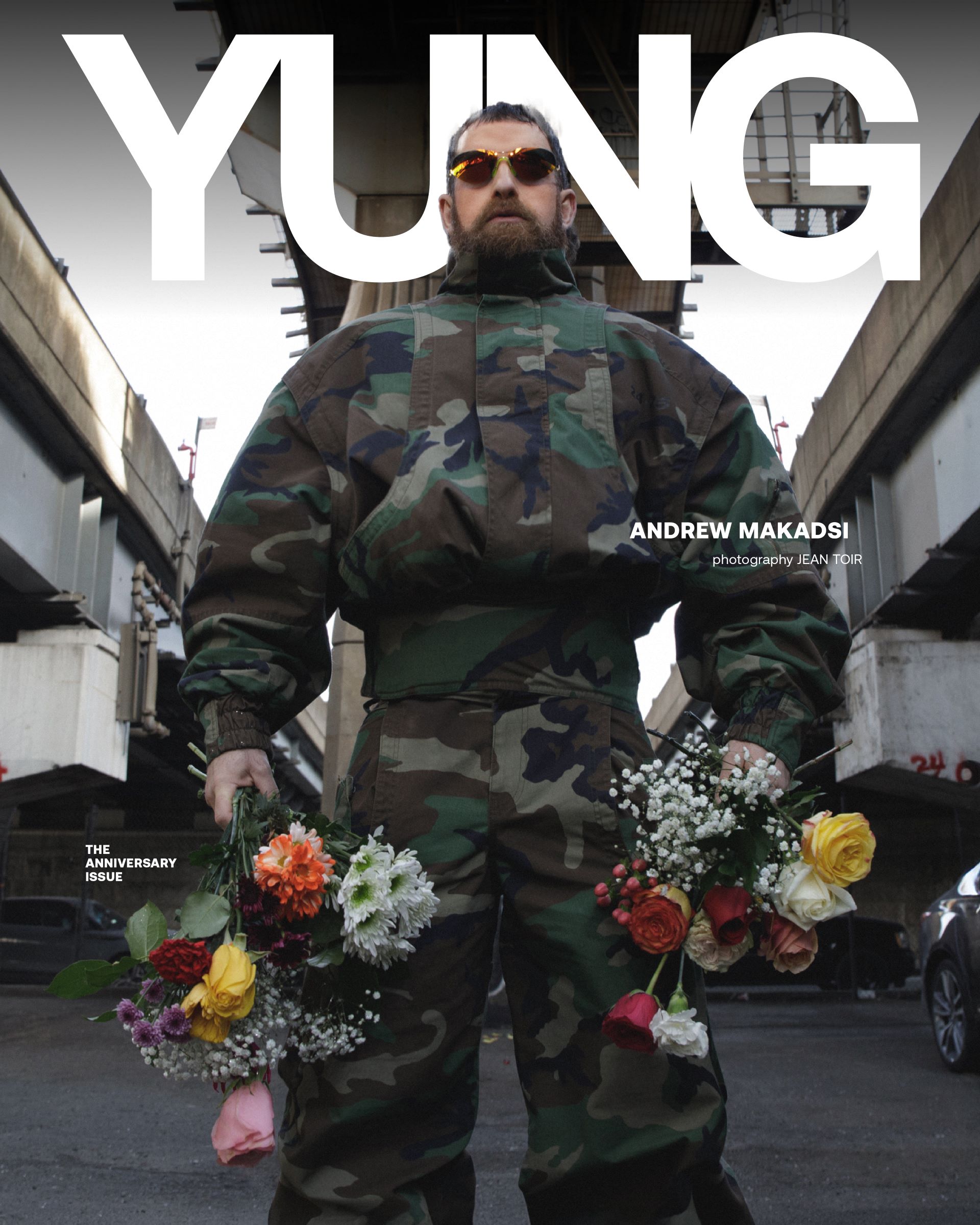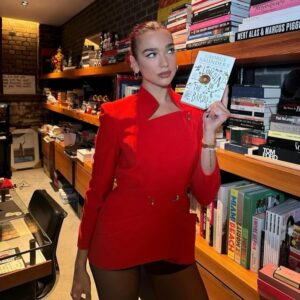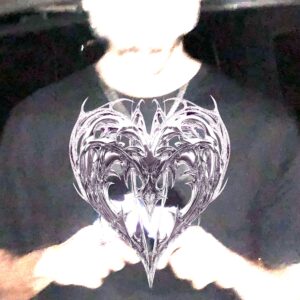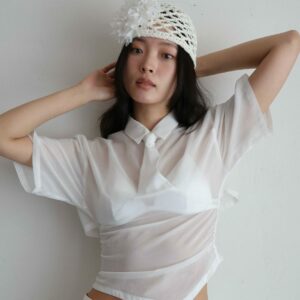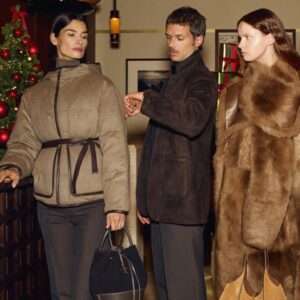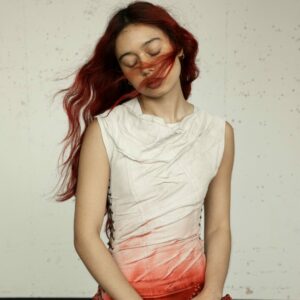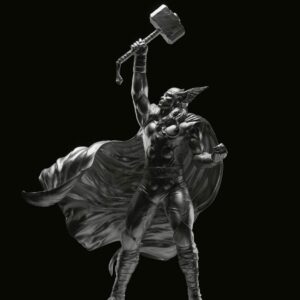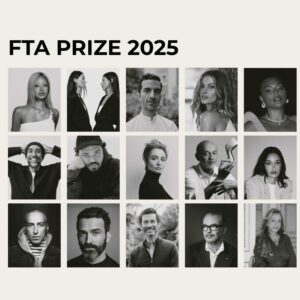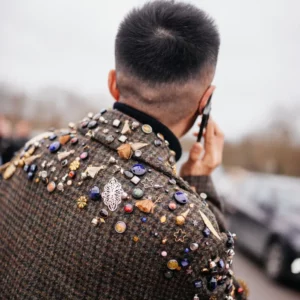In a world where music, style, and storytelling collide: where high fashion meets underground music, and nostalgia melds with futurism, Andrew Makadsi (Instagram) has done it all. Raised in Zahle, Lebanon, and shaped by a background in Film and Communication, his path has been anything but conventional. From working at luxury fashion houses like Chanel and Alexander Wang to serving as Beyoncé’s Creative Director and as co-founder and Sonic Architect of Function NYC, Makadsi’s journey is a testament to creative fearlessness.
But his vision goes beyond aesthetics. Having immersed himself in multiple creative disciplines, he speaks a language stronger than words; one of design, sound, and creative direction, seamlessly bridging different mediums. Now, he’s making his mark on the dance floor, merging his creative worlds into one. With Function NYC, he fuses his Arab roots with his deep connection to techno, crafting a space where music, identity, and culture become one. More than just a party, Function NYC is an immersive sound experience, and an invitation to Makadsi’s world, where modernity meets nostalgia, and every beat reflects the many influences that shape him.
What first drew you to the arts, and how did growing up in Zahle, Lebanon, influence the creative path that led you to where you are today?
I was always attracted to colours and movement. My favourite class in school was art class. My teachers always saw it in me and helped me see it in myself. I spent most of my childhood sketching and painting and watching TV. Zahle is such a romantic city. The streets are packed with magic and a poetic essence. We always cherished our hometown creatives like Said Akl and Najwa Karam, we take so much pride in our arts and culture. That gave me the confidence and led me to pursue the creative path that seemed a little risky at the time.
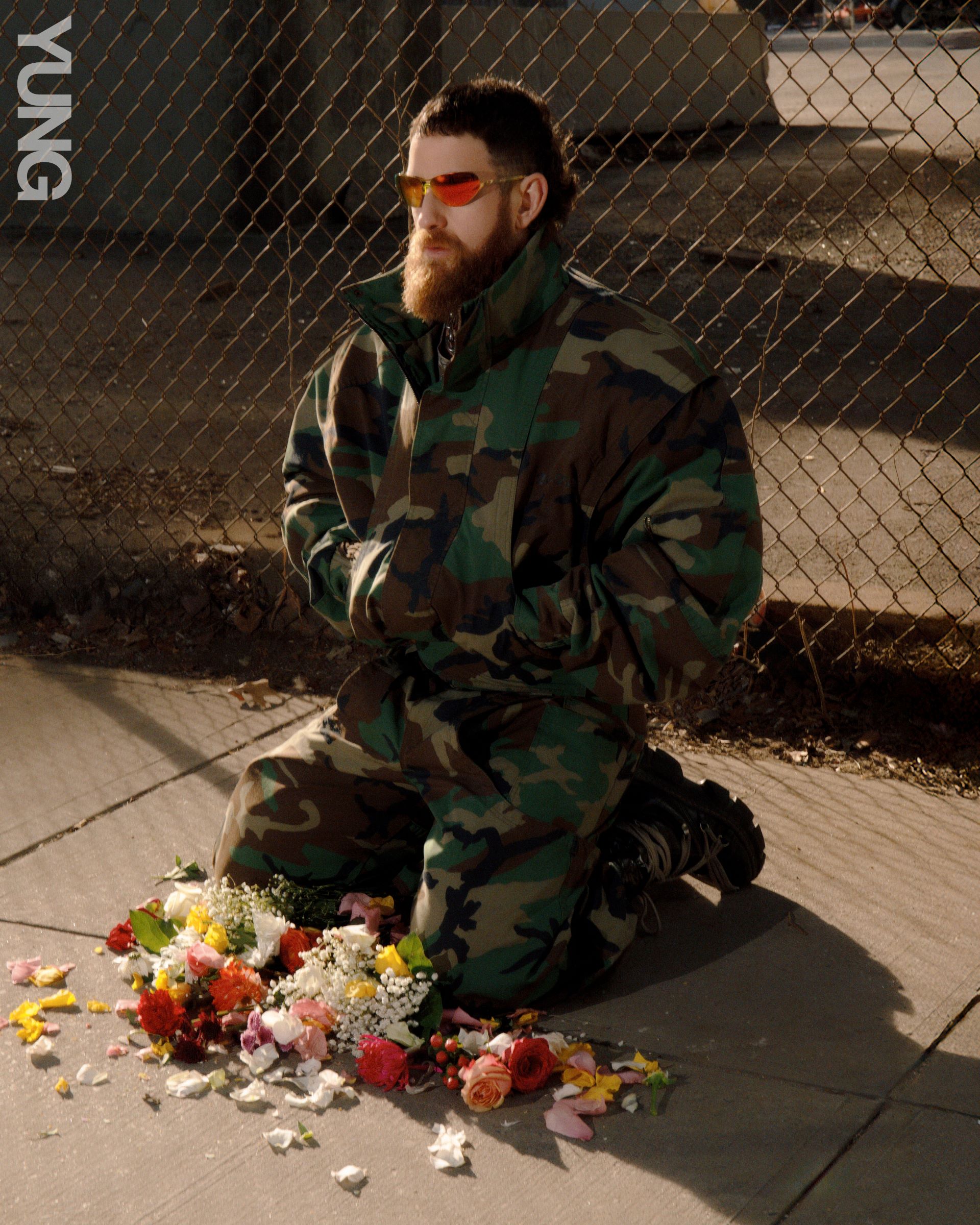
How did your studies in film and communication at The University of Toledo influence the way you approach creative direction and music?
My time at UT was truly special. We learned the art of filmmaking hands-on—shooting with Bolex cameras, editing on flatbeds, experimenting with optical printing, and mastering various analogue techniques. These classes and projects instilled in me patience and a deep sense of intention.
I was drawn to multiple mediums and wanted to explore them all. I took graphic design, creative writing, and film theory classes. I worked on a newscast while also making experimental films. I had my hands in everything, unafraid to fail, free from the pressures of social media mania.
Learning across so many disciplines gave me a fundamental understanding of how things are made. Now, when I collaborate with my design team and crew, I speak their language and I can articulate my thoughts—I’ve been in the trenches, and I know what I’m talking about.
You started in fashion, working with brands like Chanel and Alexander Wang. How did that industry prepare you for your later work in music and visual storytelling?
My experience in fashion taught me how to create visuals that not only catch the eye but also captivate the mind. It’s a dynamic, expressive medium that thrives on bold ideas. Unlike other industries that can feel restrictive, fashion allows artists to dream freely and get freaky.
What’s a project that pushed you out of your creative comfort zone the most? Why?
I was working with Chloe x Halle on Ungodly Hour when the pandemic hit, throwing everything into uncertainty just as we were preparing for the album’s release. The world shut down, and we were all stuck at home, forced to rethink how to bring the music to life in a time of isolation. With everything against us, my team and I built something truly iconic—an era that transcended limitations and redefined what was possible. I couldn’t be prouder of the work we created.
Can you walk us through your creative process? How does an idea first take shape, and what steps do you take to bring it to life?
I’ve always been inspired by David Lynch’s approach to creativity. He once said, “Ideas are like fish. If you want to catch little fish, you can stay in the shallow water. But if you want to catch the big fish, you’ve got to go deeper. Down deep, the fish are more powerful and more pure. They’re huge and abstract. And they’re very beautiful.”
I take that to heart. I let my mind dive into the wild, the strange, and the unknown, searching for those big, untamed ideas. When something strikes, I capture it—whether by writing it down in detail or recording an audio note—making sure no moment of inspiration slips away.
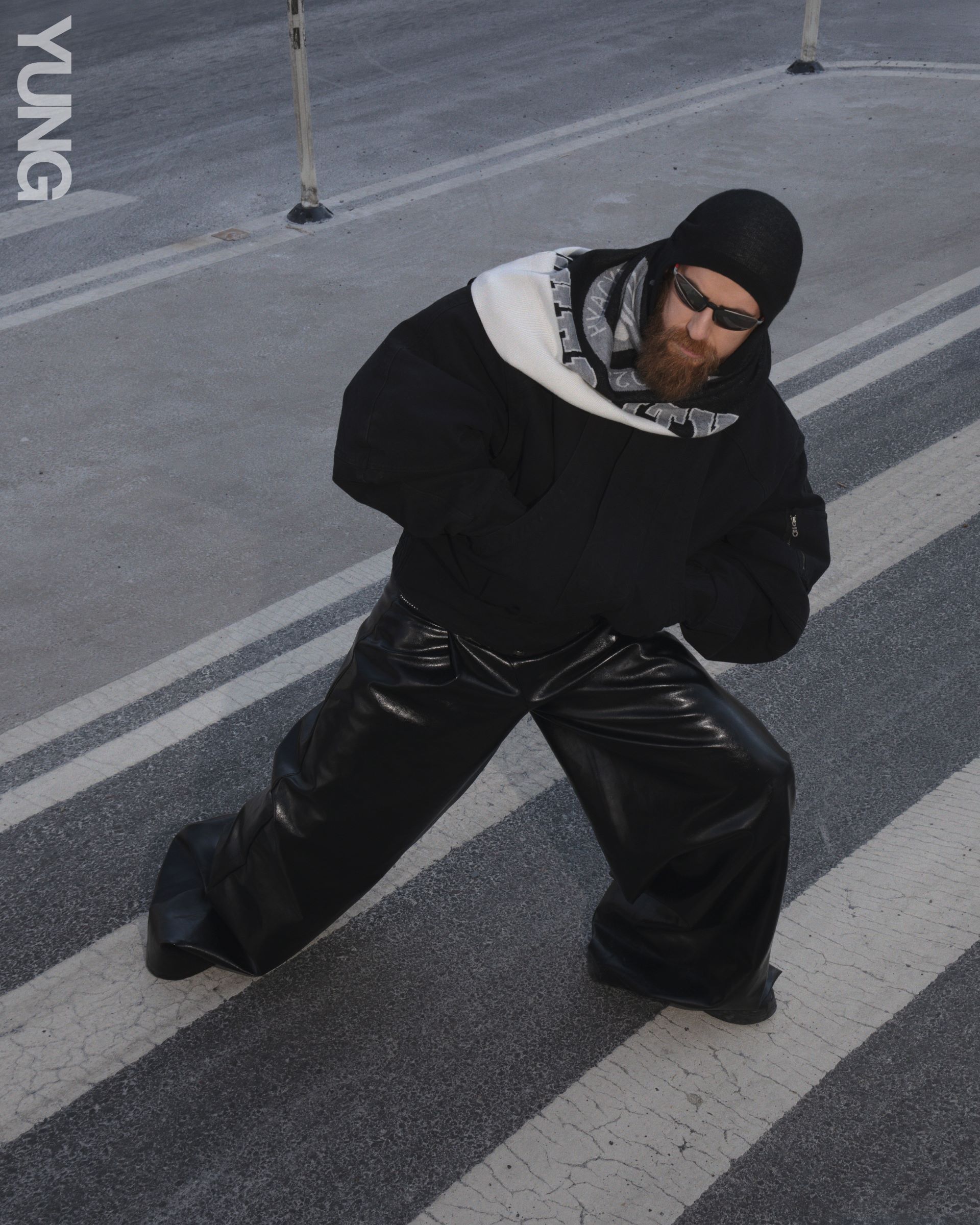
How do you process the shift between personal intention and public interpretation within your work?
Once the work is out in the world I move on to the next. I rarely give myself time to sit with it—to process the feedback. That’s the beauty of art. It’s a message in a bottle, sent out with no control over where it drifts or who it reaches. In today’s world, you could slap an AirTag on that bottle, track its every move, and watch in real-time who finds it and how they react. But that feels cold, clinical—stripping away the mystery, the romance. Art is meant to be discovered, interpreted, and set free.
Your journey with Beyoncé started during the On The Run Tour. How did that opportunity come your way?
My friend and ex-colleague Nathaniel Brown brought me over.
How do you balance personal artistic expression with commercial projects that have specific brand or artist requirements?
I kill my ego once I’m working on a commercial project. I’m only bringing my skills and experience. I allow myself to be vulnerable just enough to keep my sensibility sharp.
How did you get into DJ-ing, and what role does it play in your artistic identity?
I always loved curating music and setting the vibe at the little parties we threw as kids—I swear I’ve been a DJ since I was four years old. Music has always been at the heart of my family. Every Saturday, my parents would host friends, and my dad would play the keyboard and sing, filling the house with sound and energy.
From an early age, I understood the key elements of a great party, and music was always at the core. DJ-ing isn’t just about playing tracks; it’s a way for me to weave together different experiences, influences, and emotions—creating an identity that transcends time and space.
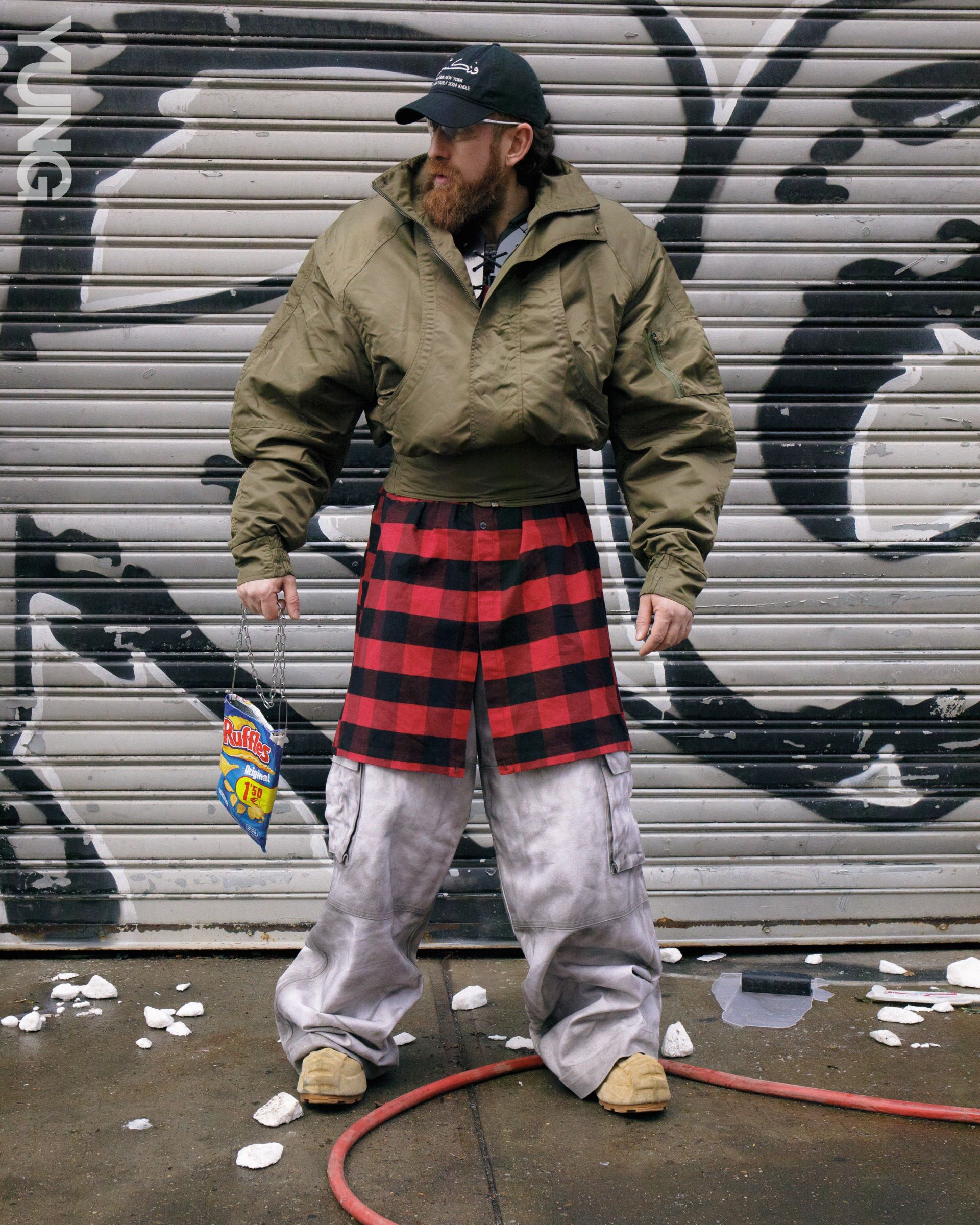
As the co-founder and resident DJ of FUNCTION NYC, what inspired you to create it, and what vision did you have for the space?
I drew inspiration from dance floors around the world, each one a universe of its own. At the time, I was working on the Renaissance album, and my love for dance music and the underground scene kept deepening. My vision was to merge different worlds on the dance floor through sound—blending my Arabic roots with my techno and house upbringing. I wanted the music to break boundaries, to create a space where people could feel liberated, untamed, and completely free. I felt disruptive and fresh.
What’s the most memorable moment you’ve experienced at one of your events?
There’s plenty of memories. But I always giggle when I remember James Franco pulling up to the first function…
Your DJ sets often incorporate elements of activism and cultural storytelling. How do you use music as a platform for deeper conversations?
I’ve always been inspired by Ziad Rahbani’s ability to weave political commentary into his work. When I produce music and DJ, I try to channel that same energy—ensuring my sound isn’t just an escape, but a statement. Sometimes the message is subtle, other times it’s direct, even confrontational. I’m not afraid to be conventional when it matters, to use music as a platform for uncomfortable truths that need to be heard.
As someone who straddles different cultural worlds—Lebanon, the US—how does that duality shape your sound and the music spaces you create?
Growing up between Lebanon and the US has deeply shaped my sound and the spaces I curate. It’s a fusion of contrasts—rich traditions meeting underground rebellion, nostalgia blending with futurism. In the spaces I create, I aim to bring these worlds together—melding the warmth and storytelling of Middle Eastern music with the raw energy of club culture. It’s about creating a dance floor where people from all backgrounds can connect, where cultural boundaries dissolve, and where music becomes a universal language of liberation.
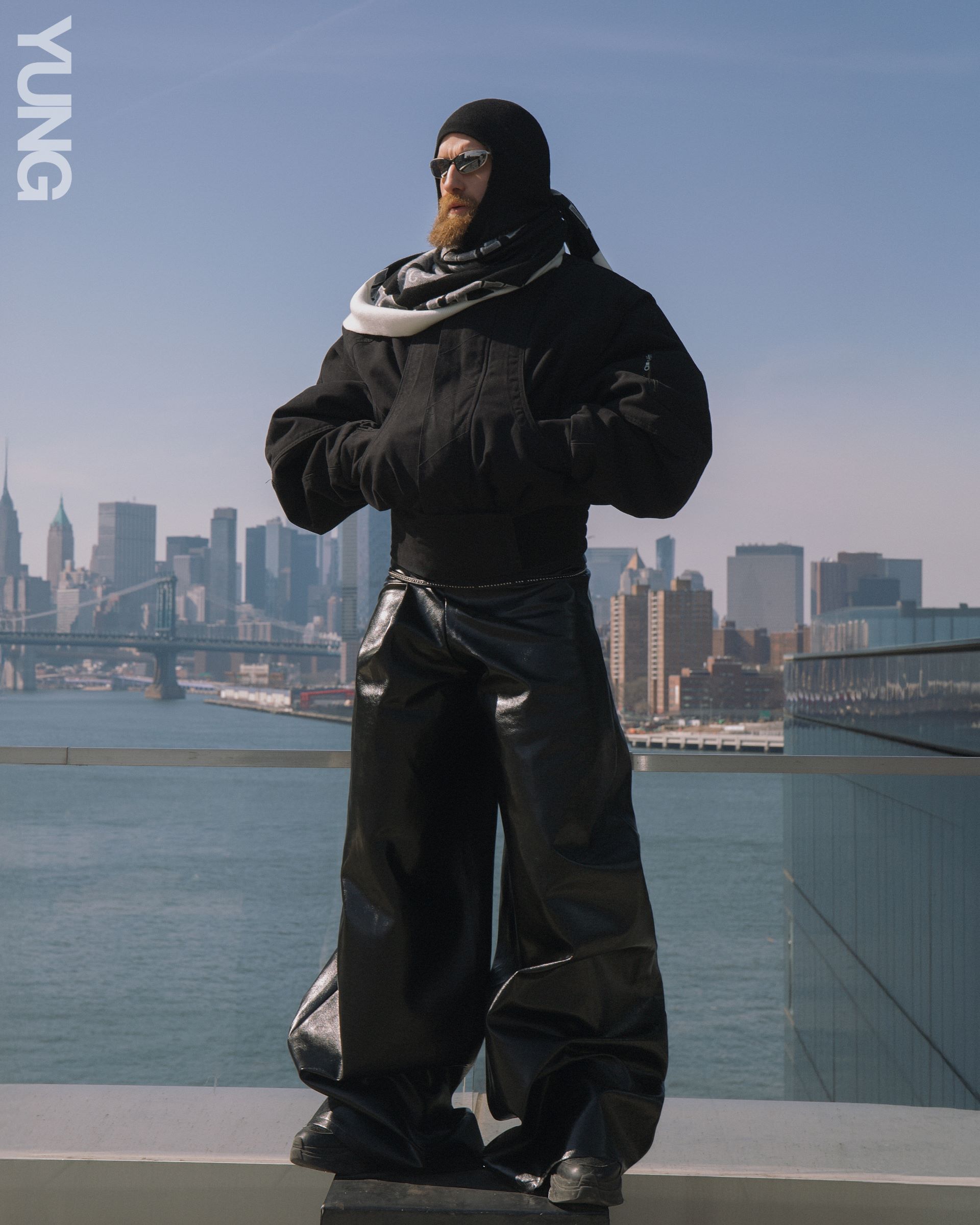
How do you foster a sense of belonging within FUNCTION NYC, and what do you hope people take away from the experience beyond the music?
In such hard and dark times, my goal is to create a safe place for everyone to enjoy and feel at home. A lot of us are away from our families and spend our weekends on the dancefloors escaping harsh realities. I always want people to leave feeling wholesome, inspired and empowered.
Your work blends high fashion, music, and visual storytelling seamlessly. How do you navigate these different creative disciplines?
For me, fashion, music, and visual storytelling are all part of the same creative ecosystem—they feed into each other and create a world that feels immersive and complete. I don’t see them as separate disciplines but as different tools to express a singular vision.
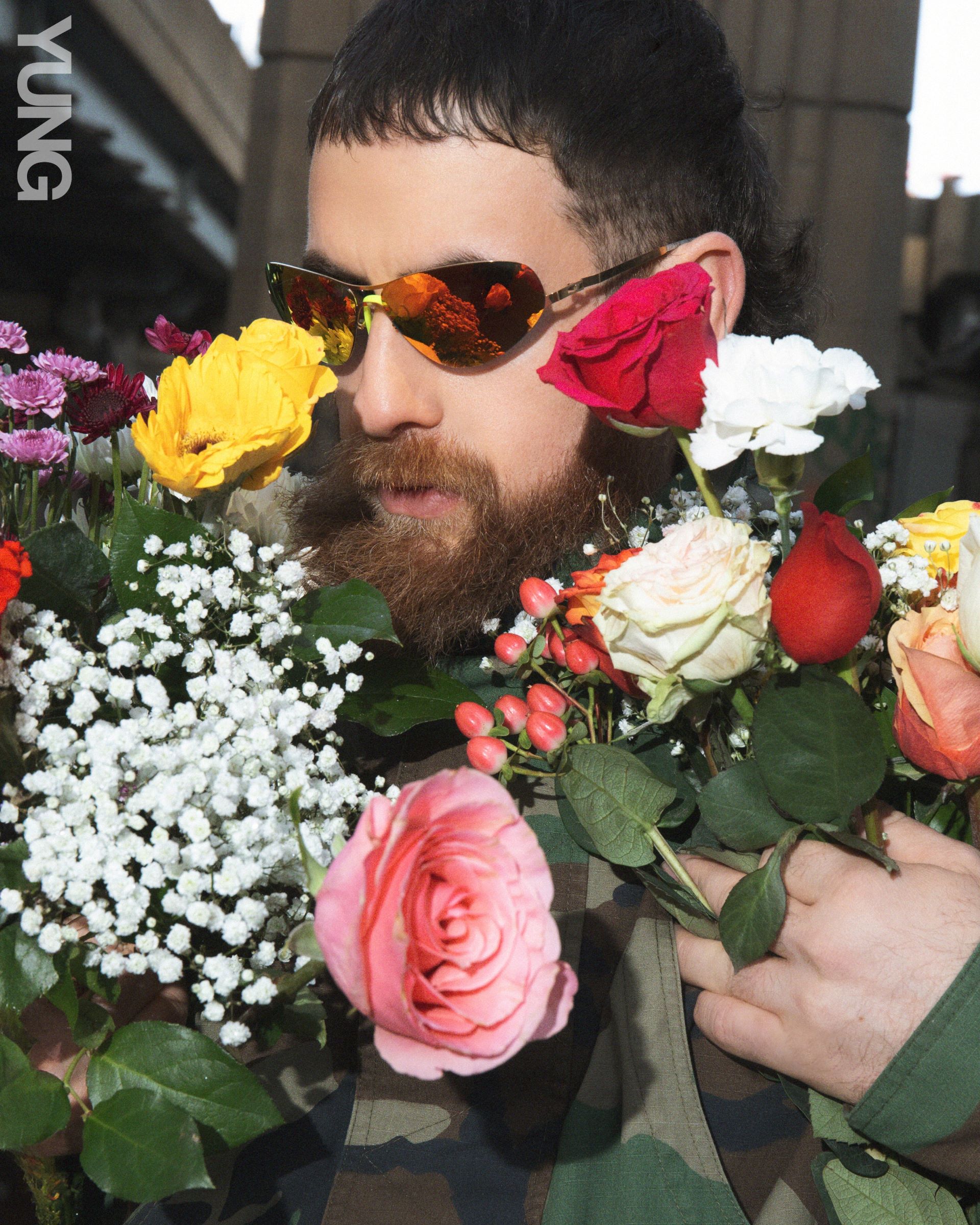
If you could create a dream FUNCTION NYC line-up featuring three artists—dead or alive—who would they be?
Sophie, Arca and Honey Dijon.
If you could go back and talk to your 19-year-old self before moving to the US, what’s one thing you would say?
Don’t shave your hairy chest!!
Andrew Makadsi, what’s one non-artistic skill you have that most people don’t know about?
I make an amazing lentil soup.
For more stories of creativity and culture, like this cover with Andrew Makadsi, visit our dedicated archives.
